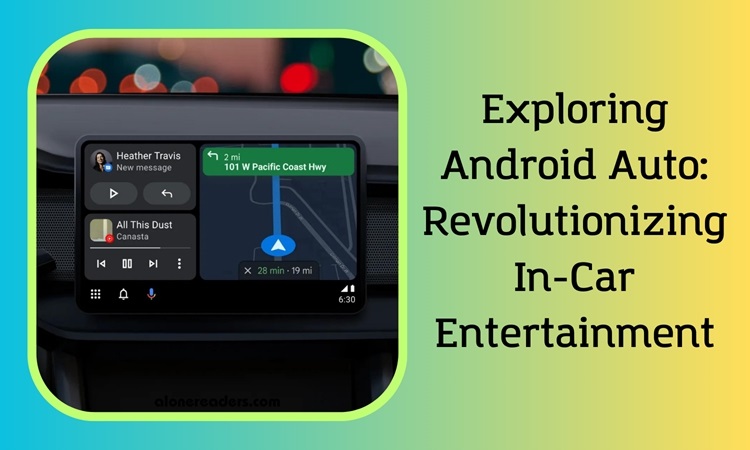Exploring Android Auto: Revolutionizing In-Car Entertainment
- Last updated: December 12, 2023

Exploring Android Auto
For years, each car manufacturer offered a unique system for vehicle infotainment. However, this changed dramatically in the mid-2010s, with major brands integrating their platforms into vehicles. Google, a key player in this evolution, introduced Android Auto, a system that allows users to operate a modern and user-friendly interface on almost any car's entertainment system using an Android phone, regardless of its price point.
History of Android Auto
Unveiled at Google I/O in 2014, Android Auto made its debut in the 2015 Hyundai Sonata. Since then, the platform has undergone significant transformations, including a major redesign in 2019, and continuous updates thereafter. Today, Android Auto is widely available, supporting a vast range of countries, car makes, and models, receiving regular updates and new features.
How Android Auto Works
Android Auto requires a connection between your car’s entertainment system and your Android phone. The phone handles the processing, displaying various apps and content on your car’s screen. This system facilitates the use of popular apps for navigation, music, videos, and more, via a driver-friendly interface. While Android Auto overlays on your car's existing system, it doesn't replace it, allowing for seamless switching between the car's native apps and Android Auto. Features like text message viewing, hands-free Google Assistant, and control over smart home devices enhance its utility.
Latest Features in Android Auto
Android Auto now supports over 250 auto applications and utilities, with new additions regularly introduced. Key updates include a split vehicle display, enhanced Google Assistant capabilities, WhatsApp and YouTube support, and digital car key sharing with certain phone models. Regular updates are crucial to access these new features.
Android Auto Compatibility
Most modern cars, particularly those manufactured in the last few years, are likely to support Android Auto. Google provides a comprehensive list of compatible cars and stereos, beneficial for those with aftermarket systems. As for phone compatibility, Android Auto works with phones running Android 6.0 or later, though newer phones offer better compatibility with the latest features.
Wired vs. Wireless Android Auto
Android Auto can be used wirelessly in some cars, allowing for convenient, cable-free connection. However, this method can drain phone battery faster. Alternatively, a USB connection offers a more common and battery-friendly solution, as it charges the phone during use.
Setting Up and Using Android Auto
To use Android Auto, connect your phone to your car using a USB cable or wirelessly, if supported. The setup process involves simple on-screen prompts on both the phone and car display. Once set up, Android Auto launches automatically, providing access to various functions like music, navigation, and messages.
Making the Most of Your Car's Infotainment System
Android Auto has significantly improved the in-car experience, offering a consistent and user-friendly interface across different vehicles. It mirrors the smartphone experience, making interactions with the car's entertainment system more intuitive. While not without its flaws, Android Auto is constantly evolving, addressing previous limitations and enhancing the driving experience.







